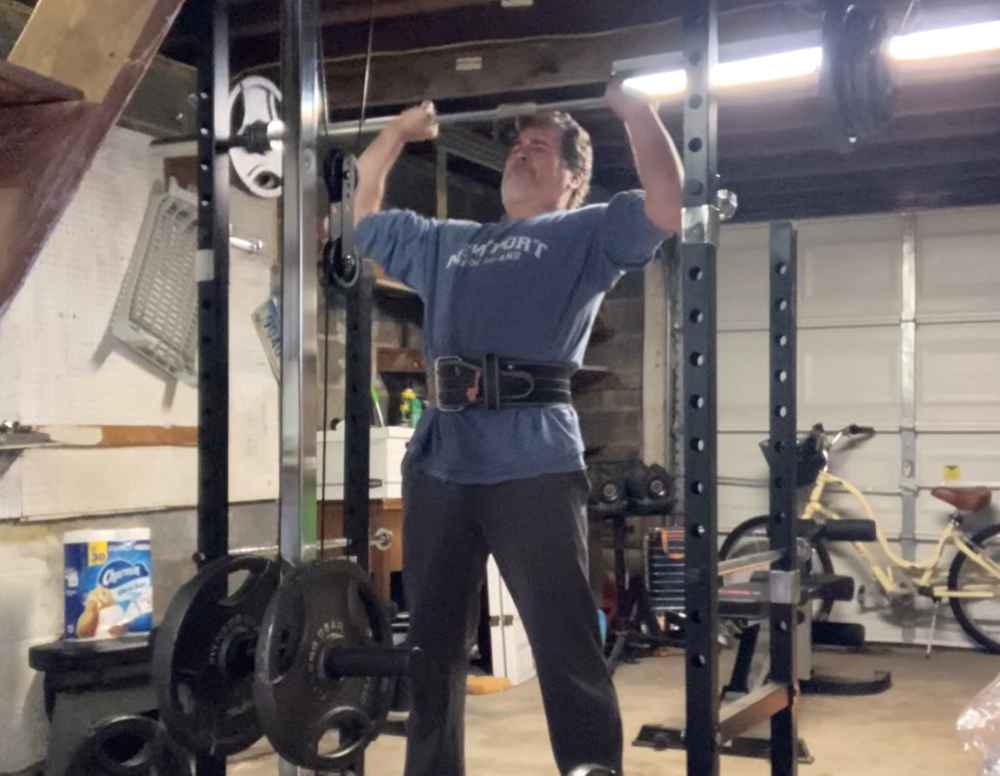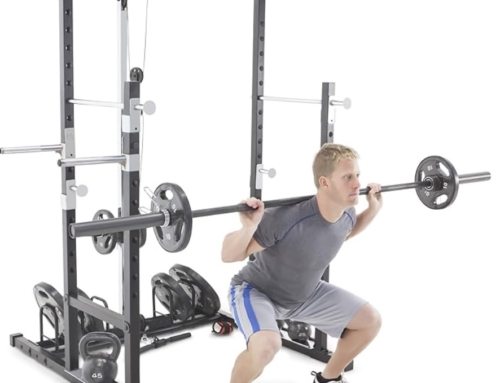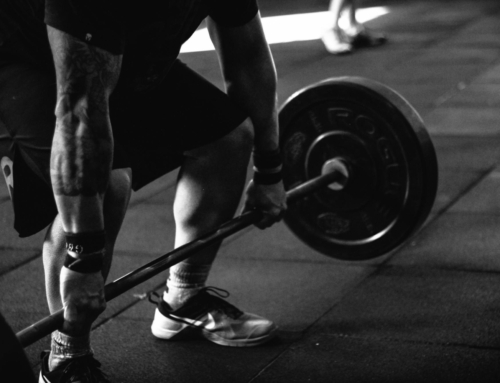I’ve lifted weights off and on since I was kid. People who know me well might find this funny, because until recently, it never looked like I ever lifted any weights.
But, I digress.
While I’ve lifted weights off and on since I was a kid, I never had a real plan.
I’ve followed a number of programs over the years, from very basic materials printed by York Barbell, to more complex bodybuilding type programs.
But, none of these programs ever really told me where to start.
The Starting Strength program actually does this.
I first began to implement the Starting Strength program in late 2021, but it has only been recently that I started to implement it correctly.
Starting Strength Program
The Starting Strength program focuses on barbell training using the big compound movements. These include the barbell squat, deadlift, bench press and overhead press.
The basic novice program has you training three days per week with two different, but similar workouts.
Workout A includes the squat, bench press and deadlift. Workout B includes the squat, overhead press and deadlift. These workouts are then alternated.
A typical novice will start out with conservative weights, and then add weight to the bar with each workout.
After a couple weeks, the deadlift is alternated with the power clean, or perhaps another pulling exercise, depending on the trainee. Chin ups or lat pulldowns are the exercises most often included.
Sets and reps
With each workout, you do three working sets of five reps for the squat, bench press and overhead press, but only one working set of five reps for the deadlift.
The reason the deadlift is worked a bit less is that it places more stress on the nervous system than the other lifts, and you are able to add weight to the bar more quickly with that exercise.
Before you start the working sets for each exercise, you do a number of warm-up sets, usually starting with the empty barbell.
A typical workout progression for the bench press may look like this:
Set 1 – Empty barbell – 10 reps
Set 2 – 95 pounds – 5 reps
Set 3 – 115 pounds – 3 reps
Set 4 – 135 pounds – 1 rep
Set 5 – 150 pounds – 1 rep
Set 6 – 165 pounds – 1 rep
Working sets – 180 pounds, 5 reps for three sets
Rest between sets
For the warm-up sets, your rest period is simply the time it takes to change the weight on the bar.
When starting out, if you start with appropriate, conservative weights, you won’t need more than 2 minutes rest between your working sets.
As the weights get heavier, and you have to start working harder to complete the five reps, you will need more rest.
At the end of your novice linear progression, you will need upwards of five minutes rest between sets to ensure you complete five reps for each set.
The Novice Linear Progression
 The novice linear progression simply refers to the progress a novice trainee is able to make in regard to gains in strength.
The novice linear progression simply refers to the progress a novice trainee is able to make in regard to gains in strength.
As indicated on this graph, a new trainee, or someone who hasn’t trained in a few years can make significant gains in strength over a period of a few months if the programming is correct.
Mark Rippetoe, the creator of Starting Strength, cites the progress of a former college athlete in his 30s who hadn’t trained since college.
The individual started out at about 175 pounds in weight. His starting working weight for each exercise was as follows:
- Squat – 135 pounds
- Press – 95 pounds
- Deadlift – 185 pounds
- Bench Press – 155 pounds
Weight was added to the bar for each exercise and for each workout for the first six weeks. Initially, the jumps for the squat, deadlift and bench press were ten to twenty pounds, and 5 pounds for the overhead press.
The jumps in the deadlift continued at ten pounds, but the power clean was introduced in week three so that the deadlift was only trained every other workout starting then.
After 18 weeks of training, the individual weight 220 pounds and his working weight for the four main exercises was as follows:
- Squat – 375 pounds
- Press – 185 pounds
- Bench Press – 295 pounds
- Deadlift – 405 pounds
This was clearly an exceptional case and the individual started out somewhat underweight.
As time wore on, it became much more difficult to add weight to the bar in the squat, so heavy and light sessions began to be alternated.
For all trainees, it will become much more difficult to add weight to the bar for the pressing exercises. But, you can obtain small weights to add as little as 1/2 pound per workout.
This is the gist of the novice linear progression… as a novice, you can continue to add weight to the bar each workout for a period of time.
Then, as indicated by the graph, the workout complexity increases in order to make ever smaller gains in strength.
Final Thoughts
I am a huge proponent of strength training for everyone, but particularly for people over 50.
However, most people don’t fully understand how what strength training actually entails, and how it is properly programmed.
Proper strength training does not involve playing around with little orange dumbbells. That is simply exercise.
And, while any exercise is good, if you don’t continue to train hard, your strength will decrease rapidly as you age.
Hopefully, this article gives you a better idea of what you need to do to hold off Father Time as long as possible.
Discover more from Scott Allan Cole
Subscribe to get the latest posts sent to your email.







Leave A Comment